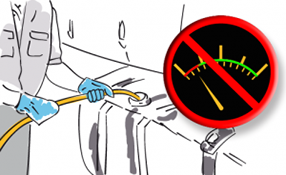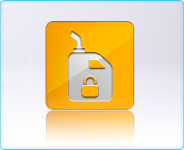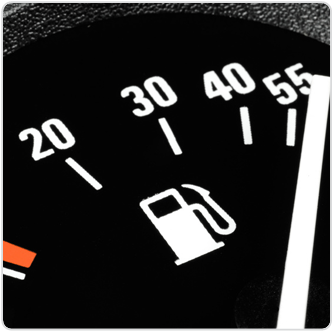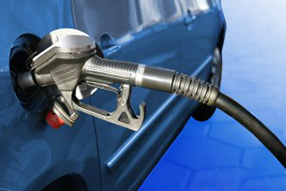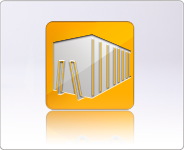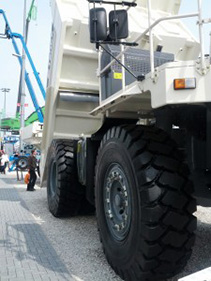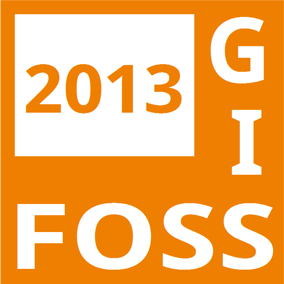Unique, practical, and effective! Our cold chain telematics system has been
customised for Schroeder Transport of Mecklenburg, Western Pomerania, resulting
in reliable refrigeration, optimal route navigation, and efficient driving
behaviour.
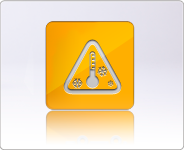
The tailored solution for the family-run transport company was created with not
only our proprietary software and hardware devices, but with a customised
formula of plugins and accessories that guarantees continuous refrigeration of
perishable goods, precise routing of delivery vehicles, and decreased fuel
consumption by monitoring driving behaviour.
As consumers, we take for granted the availability of fresh produce on
almost every street corner; moreover, it has become an expectation in our
everyday lives. This standard’s existence and maintenance is solely dependent
on today’s cold chain technology, a challenge for those organisations
responsible for the delivery of such goods. Fresh produce, as an idea, is an
amalgamation of various processes that can be brought together with telematics.
To achieve this, we at ENAiKOON have created a three-fold telematics solution
using messenger, temp-sensor, and can-66. This combination has allowed
Schroeder Transport to optimise their navigation, refrigeration, and driving
behaviour while creating new opportunities for expanding their business. The
collected data from the system is used by management only for the reports and
analysis related to cold chain, logistics, and fleet management.
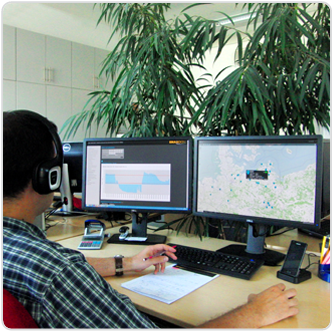 Perfect Navigation: The ENAiKOON messenger
Perfect Navigation: The ENAiKOON messenger
Schroeder Transport from Teterow, Germany, has equipped over 50 trucks and
40 refrigeraeted trailers with the cost effective telematics device
ENAiKOON locate-06. The high-performance locate-06 is responsible
for GPS and GPRS. It locates the trucks, transmits and receives their data, and
shows driving direction and speed. Schroeder Transport uses a navigation system
by Garmin that connects to the GPS device. The telematics web portal, inViu
pro, is linked to the navigation hardware along with the software plugin,
ENAiKOON messenger. This allows the dispatcher to create messages and new
driving destinations in the web portal and send them to the navigation
hardware. With the push of a button, the driver is able to simultaneously start
the route and begin the plugin’s guided information on the navigation system
for smooth execution of the driving routes. The navigation system transmits the
remaining distance and driving time to the web portal, keeping the dispatcher
up to date on the vehicle and trip status.
Cold Chain Transport: ENAiKOON temp-sensor
The key to cold chain is to know the ideal climate for fresh produce, and
every product has its own favourite temperature. Leafy vegetables, apples,
mangos, and pears all prefer different yet specific temperatures. Frozen fish
require a temperature of 18° C below zero (-40° F) and chocolate needs to be
kept at 18° C (64.4° F). There are always complexities when transporting such
goods and they begin with the vehicles. In the temperature-controlled
transports of Schroeder are two cooling chambers. These two chambers each have
a temperature sensor that is connected to the
ENAiKOON locate-04 telematics device. The
sensors measure the temperature, which is then sent to Schroeder’s
dispatchers through the locate-04. The freshness of their produce relies on the
fine tuning done by the drivers. Before the delivery, the drivers must select
what they are delivering using pre-configured buttons. Whether it is frozen
food or fresh meat, the content of the cargo and its status for delivery are
entered. These details are sent to the ENAiKOON system that configures the
temperature of the chambers. Thresholds and alarms are pre-programmed in the
system, which automates the control of temperatures and easing the process for
the drivers. Furthermore, it gives the estimated time for the cooling chambers
to reach their desired temperatures.
Economic driving: ENAiKOON can-66
For many years, the analysis of all vehicle system data from the vehicle’s
CAN-bus has fuelled our success. This has enabled our customers to objectively
compare individual driving styles and fuel consumption of different vehicles
and drivers in various categories. “We don’t want to compare apples to oranges,
our goal is rather to develop a fair evaluation for the driver,” says Jan
Schroeder, one of the two managing directors of the firm. The
can-66 works for long and short hauls, which is perfect for
Schroeder. The CAN-bus is a powerful tool that sends the user all important
information required for analysis. The web portal,
inViu
pro, is configured by us so that Schroeder receives a summary of important,
easy-to-read data. It can create groups and filters so that custom reports and
charts can be created; for example, reports can be created comparing long and
short hauls by fuel consumption, speed, and RPM. Schroeder utilises this in an
ambitious way: they have configured the data so that all drivers will be ranked
based on their fuel consumption. Whoever consumes more gas will be ranked lower
than those consuming less. They have implemented an incentive plan based on who
ranks the highest in hopes to motivate the drivers to use less fuel. Their goal
of a 10% decrease in fuel costs per driver through enhanced driving behaviour
is now within reach. Apply this to 50 long-haul trucks for a savings of almost
$ 300,000 per year – the cost of two new trucks.
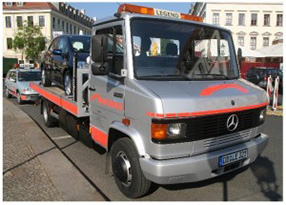 No wonder more companies are using telematics to manage their fleet.
Telematics solutions for fleet dispatching and coordination are reliable and
affordable, making them a worthwhile investment with great ROI for businesses.
Legend,
for instance, is the biggest towing company in Dresden, Germany, and they use a
system that has significantly improved their management and operations.
No wonder more companies are using telematics to manage their fleet.
Telematics solutions for fleet dispatching and coordination are reliable and
affordable, making them a worthwhile investment with great ROI for businesses.
Legend,
for instance, is the biggest towing company in Dresden, Germany, and they use a
system that has significantly improved their management and operations.
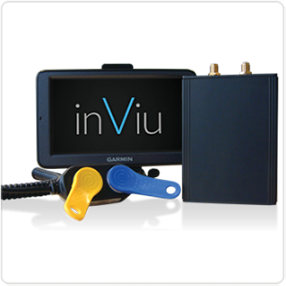 Legend has a large fleet of vehicles to “assist, salvage, and transport”
their customers. The company has a diverse set of jobs that require meticulous
coordination of their fleet. Vehicles are dispatched throughout the day to
various locations. Emergency calls are a regular occurrence, and they must be
able to react quickly to any situation. Knowing the location of a tow truck
closest to the scene is essential.
The towing company’s CEO, Karsten Hiehle, knew their solution for better
dispatching and coordination was the telematics system from ENAiKOON. The GPS
tracking device, locate-04, was installed on every service vehicle and the web
portal, inViu pro, was used to analyse the collected data.
“With ENAiKOON’s telematics solutions, we increased the performance of our
vehicles by 40% and customer satisfaction with our improved efficiency,” says
Mr. Hiehle. “The detailed reports on our staff’s driving behaviour allowed us
to provide personalised training for them, resulting in a 30% decrease in fuel
consumption. In addition, thanks to ENAiKOON’s GPS devices, we were able to
avoid over 20 fines for alleged driving violations by proving that the vehicles
were elsewhere during the alleged times of the violations.”
As a result, the fleet management system did not only improve the
dispatching of vehicles, but also decreased company expenses with fewer fines
and better driving. “Our investment in telematics has more than paid for itself
for Legend,” adds Mr. Hiehle. For more on this fleet management solution or to
receive a free trial kit, contact ENAiKOON at sales@enaikoon.com.
Legend has a large fleet of vehicles to “assist, salvage, and transport”
their customers. The company has a diverse set of jobs that require meticulous
coordination of their fleet. Vehicles are dispatched throughout the day to
various locations. Emergency calls are a regular occurrence, and they must be
able to react quickly to any situation. Knowing the location of a tow truck
closest to the scene is essential.
The towing company’s CEO, Karsten Hiehle, knew their solution for better
dispatching and coordination was the telematics system from ENAiKOON. The GPS
tracking device, locate-04, was installed on every service vehicle and the web
portal, inViu pro, was used to analyse the collected data.
“With ENAiKOON’s telematics solutions, we increased the performance of our
vehicles by 40% and customer satisfaction with our improved efficiency,” says
Mr. Hiehle. “The detailed reports on our staff’s driving behaviour allowed us
to provide personalised training for them, resulting in a 30% decrease in fuel
consumption. In addition, thanks to ENAiKOON’s GPS devices, we were able to
avoid over 20 fines for alleged driving violations by proving that the vehicles
were elsewhere during the alleged times of the violations.”
As a result, the fleet management system did not only improve the
dispatching of vehicles, but also decreased company expenses with fewer fines
and better driving. “Our investment in telematics has more than paid for itself
for Legend,” adds Mr. Hiehle. For more on this fleet management solution or to
receive a free trial kit, contact ENAiKOON at sales@enaikoon.com. 
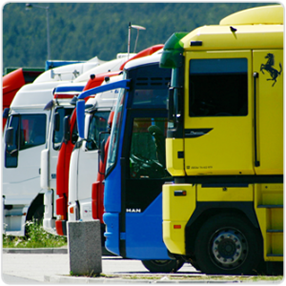
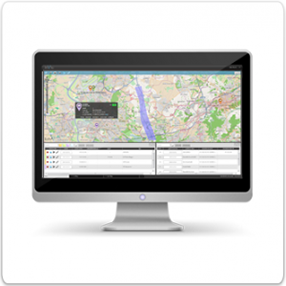
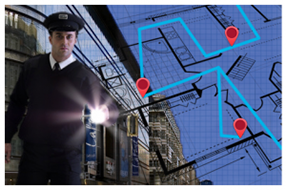
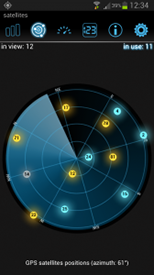 Before we dissect GPS’s role in the world today, let’s talk about what
exactly GPS is and how it works. The Global Positioning System (GPS) is
actually run by the US Department of Defence, a project that started in 1973 in
search of a better navigation system. Originally developed for military use,
the system consists of 24 satellites travelling 19,300 km above the earth in
controlled orbits twice a day. These satellites are built to last 10 years and
are replaced after this time by a new one that gets launched into orbit.
To access GPS data one must use a GPS receiver. The receiver must be locked
onto the signal of at least three satellites to calculate a 2D position
(latitude and longitude) and have the ability to track movement. With four or
more satellites, the receiver can determine a user’s altitude, making it a 3D
position. This process of locating is called trilateration, where the
intersection of three sphere surfaces determines a user’s location. GPS can
determine location, velocity, time, speed, bearing, trip distance, distance to
destination, sunrise, and sunset.
Before we dissect GPS’s role in the world today, let’s talk about what
exactly GPS is and how it works. The Global Positioning System (GPS) is
actually run by the US Department of Defence, a project that started in 1973 in
search of a better navigation system. Originally developed for military use,
the system consists of 24 satellites travelling 19,300 km above the earth in
controlled orbits twice a day. These satellites are built to last 10 years and
are replaced after this time by a new one that gets launched into orbit.
To access GPS data one must use a GPS receiver. The receiver must be locked
onto the signal of at least three satellites to calculate a 2D position
(latitude and longitude) and have the ability to track movement. With four or
more satellites, the receiver can determine a user’s altitude, making it a 3D
position. This process of locating is called trilateration, where the
intersection of three sphere surfaces determines a user’s location. GPS can
determine location, velocity, time, speed, bearing, trip distance, distance to
destination, sunrise, and sunset.
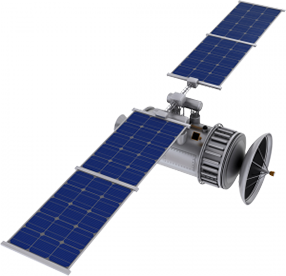 As you can see, this wealth of information has benefited countless
industries, such as
As you can see, this wealth of information has benefited countless
industries, such as 